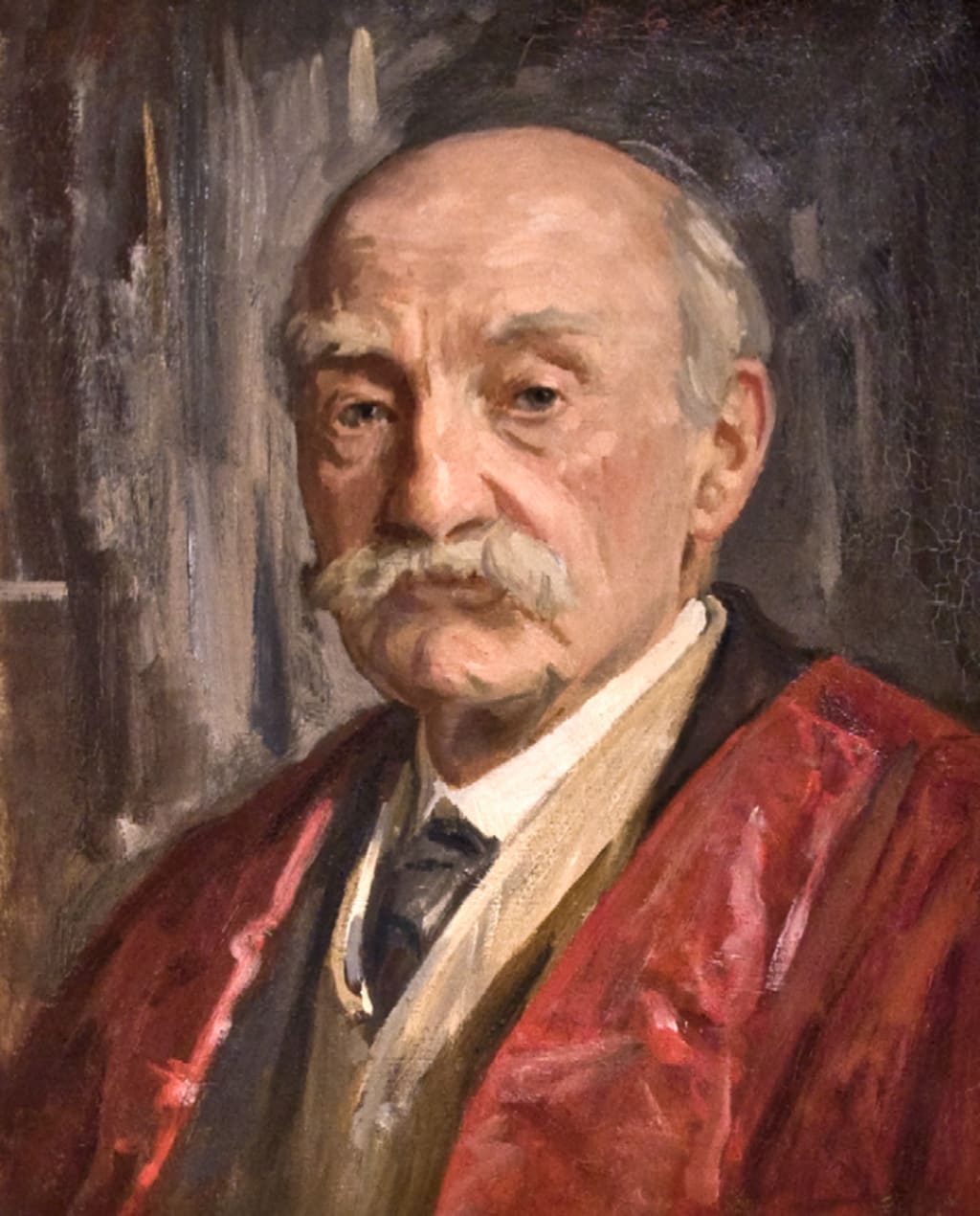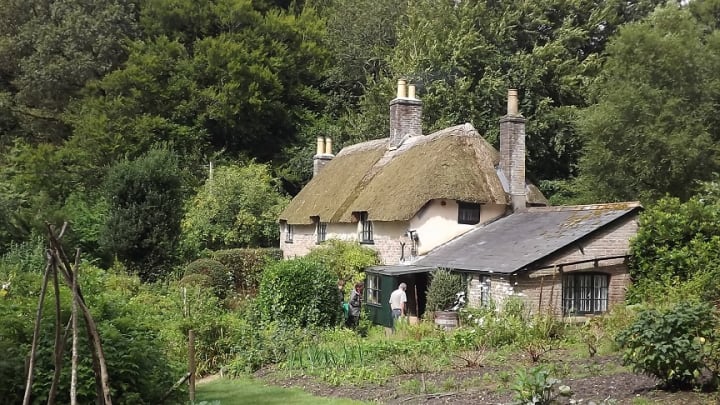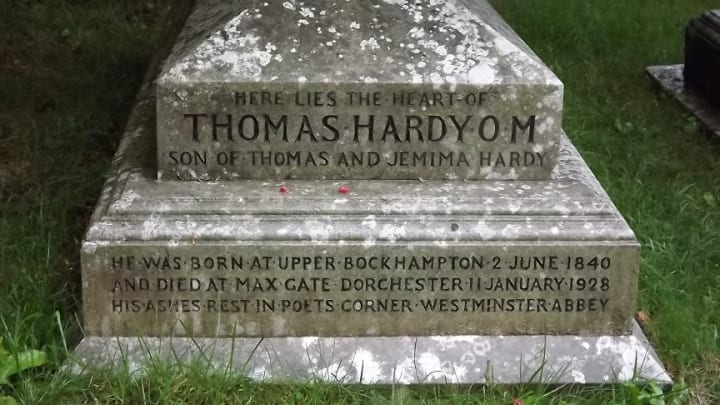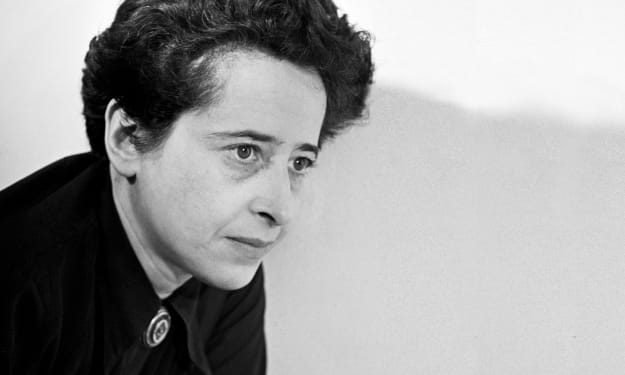Thomas Hardy: a short biography
He achieved fame both as a novelist and a poet

His early life
Thomas Hardy was born on 2nd June 1840 in a cottage at Higher Bockhampton near Dorchester, Dorset. His father was a stonemason and builder.
Hardy was educated at a local village school and then at a secondary school in Dorchester. At the age of 16 he was apprenticed to a Dorchester architect who specialised in restoring old churches.
At the age of 22 he moved to London, where he worked as a junior architect and also absorbed the cultural life of the capital city. He began to think that he had chosen the wrong profession and should have been a journalist. He began to write poetry at about this time but failed to get anything published.

At 27 he returned to Dorchester and his former employer. He wrote his first novel, “The Poor Man and the Lady”, but it did not get published and the manuscript was subsequently lost.
In 1870 he was sent to north Cornwall to survey the church at St Juliot, near Boscastle. There he met Emma Lavinia Gifford, with whom he began a long-drawn-out love affair. At the same time he was working on what would become his first published novel, “Desperate Remedies”, which appeared in print in 1871.
Hardy the novelist
Thomas and Emma were married in 1874 and moved to Surbiton, near London. Thomas was convinced that he could be a full-time writer and he proved this with the publication of his first novel with any real merit, namely “Far From the Madding Crowd”. This novel, which was widely admired, set the themes for virtually all of Hardy’s later fiction, including the geography of “Wessex”, which was Dorset and neighbouring counties with invented names for real places.
The Hardys moved back to Dorset, eventually to Dorchester where Thomas had a house built to his own design. “Max Gate” can be visited today, as can Hardy’s birthplace. The two houses are only a few miles apart.

While living at Max Gate, Hardy wrote three of his best-known novels: “The Mayor of Casterbridge” (1886), “Tess of the d’Urbervilles” (1891) and “Jude the Obscure” (1895). However, the public reaction to the last two novels was far from appreciative, particularly as Hardy seemed to question some deep-seated Victorian moral principles, notably the sanctity of marriage.
One of Hardy’s severest critics was his wife Emma, who was particularly upset by “Jude”. This was only one cause of the souring of their relationship, which eventually led to Emma living on her own in two rooms at the top of the house.
Hardy the poet
Following “Jude” Hardy decided to stop writing novels and to concentrate on poetry. He had always been a poet, but now this became his full-time occupation. He would eventually write and publish nearly 1,000 poems, which were of varied quality but included some of the best ever written in English in recent centuries.
Emma died in 1912, at which point Hardy came to realise just how badly he had treated her in recent years, including carrying on an affair with his secretary, Florence Dugdale, right under Emma’s nose. He made a journey back to North Cornwall as a sort of pilgrimage to honour Emma’s memory, and this became the inspiration for some of his best poems, published soon afterwards as “Poems of 1912-13”.
Hardy married Florence Dugdale in 1914 and he spent his final years being revered as the “grand old man” of English literature.
An unusual funeral
He died in 1928 at the age of 87. His death provoked a furious debate over where he should be buried, as his own request had been that he be laid to rest alongside his wife and parents in the churchyard at Stinsford, where his ancestors had worshipped. However, the nation demanded that he be given a lavish funeral in Westminster Abbey and his ashes be buried in Poet’s Corner.

A compromise was reached with two simultaneous funerals being held. His ashes were indeed buried in Poet’s Corner, but his heart was buried separately alongside the remains of Emma in Stinsford Churchyard.
About the Creator
John Welford
I am a retired librarian, having spent most of my career in academic and industrial libraries.
I write on a number of subjects and also write stories as a member of the "Hinckley Scribblers".
Enjoyed the story? Support the Creator.
Subscribe for free to receive all their stories in your feed. You could also pledge your support or give them a one-off tip, letting them know you appreciate their work.






Comments
There are no comments for this story
Be the first to respond and start the conversation.